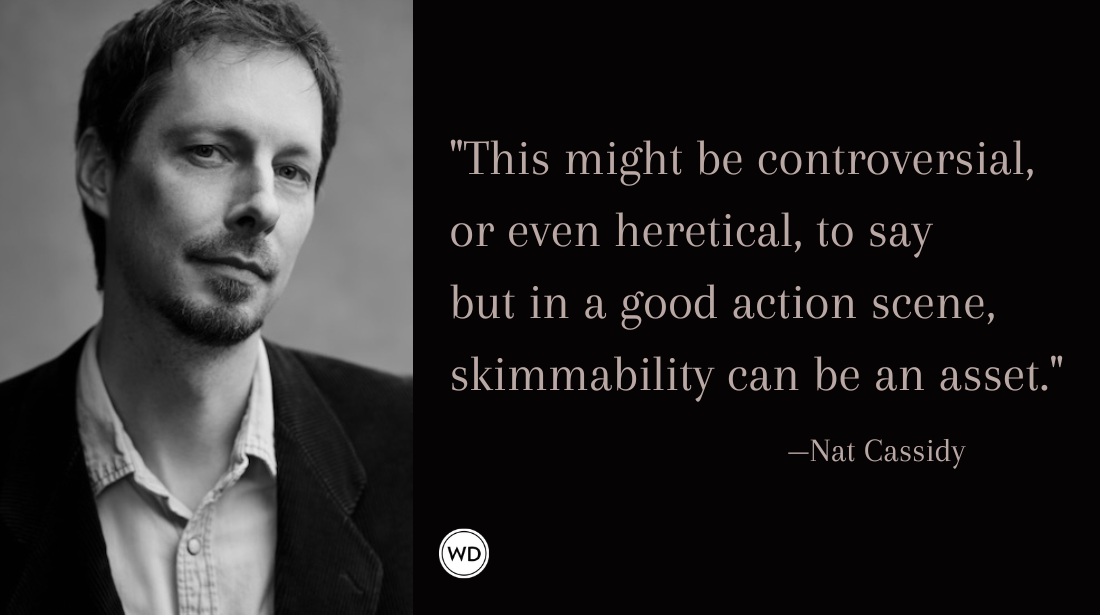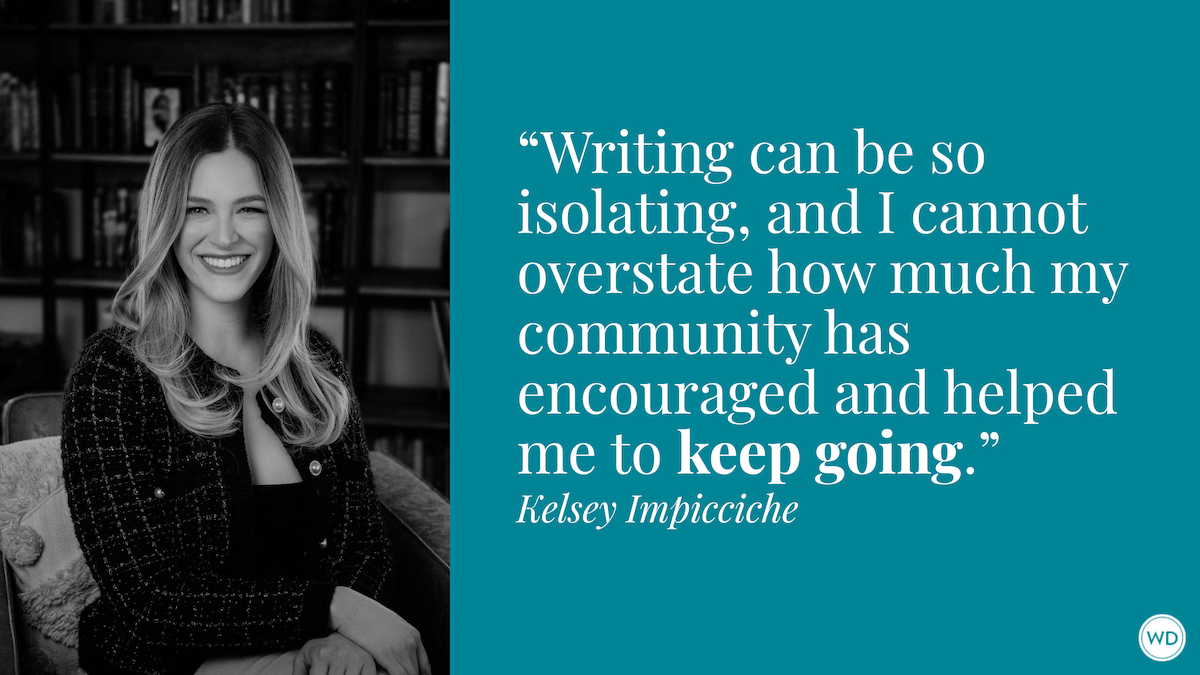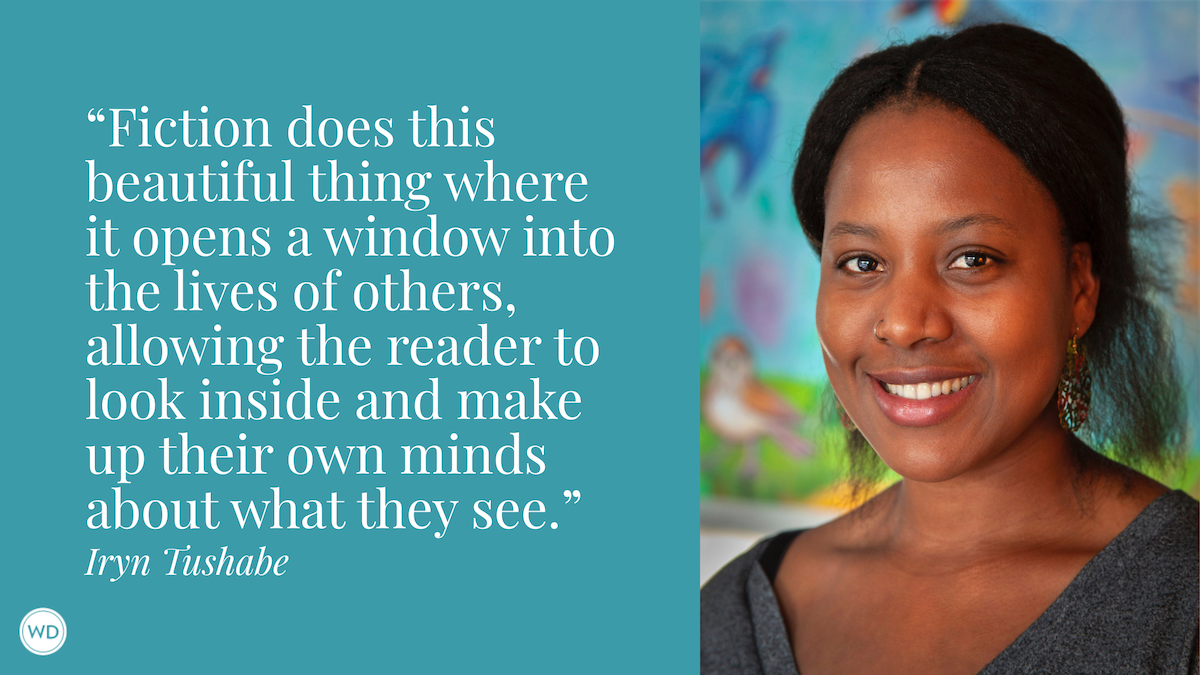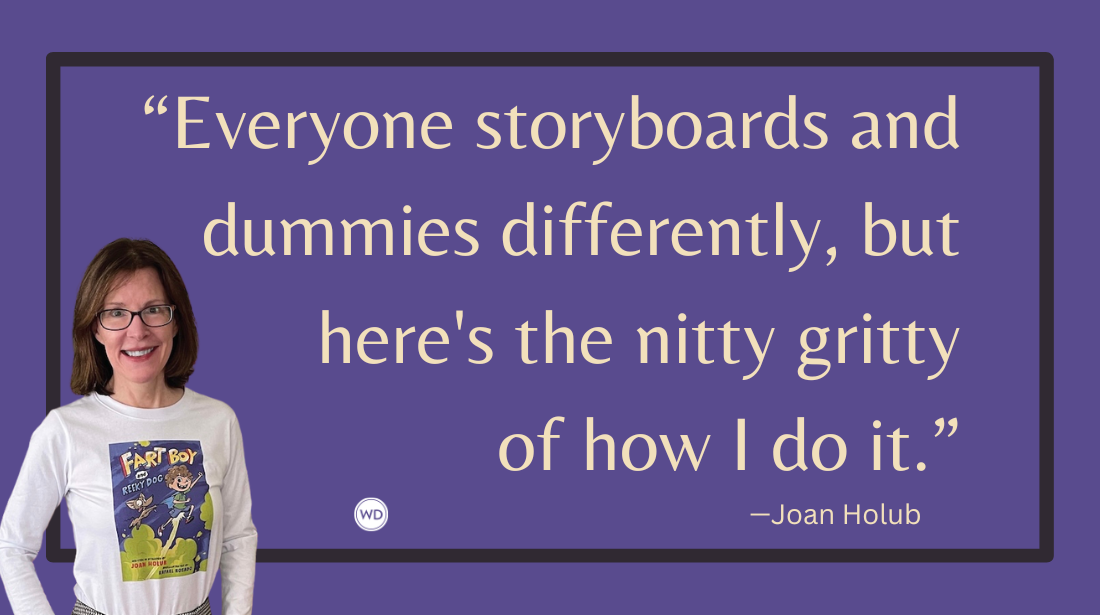How to Let Plot Guide Your Short Story
In crafting a short story, let’s begin by taking our definition of plot and letting it guide us. This approach can guide you in composing a short story that creates the emotional and intellectual experience your reader hopes for.
The short story is the art of abbreviation. We aren’t dealing with the panorama of life as we might be in a novel. We’re focused. If the novel is the art of the gaze, the short story is the art of the glance. The short story’s illumination must be sudden and should suggest an ongoing life, not present it in full. A short story must immediately pull the reader out of her world and drop her into the world of the story. There’s little time for setup. We begin when everything but the action is over—at the edge of the cliff.
If crafting such an engaging world in so few words seems intimidating, begin by grounding yourself in the fundamentals of good storytelling. We read stories to make sense of our lives, to be entertained, and to feel something. We read them to be transported to another more lucid and compelling world, to learn about ourselves, what it’s like to be human, and to “meet” someone we can care about. We read stories in order to imagine and to create, and so we ask the writer to tell us a story. And when we say story, we mean plot.
Plots, Aristotle told us, have beginnings, middles and ends, and they proceed through a series of reversals and recognitions, a reversal being a shift in a situation to its opposite, and a recognition being a change from ignorance to awareness. The basic plot of every story—regardless of length or complexity—is: A central character wants something intensely, goes after it despite opposition, and, as a result of a struggle, comes to either win or lose.
Many aspiring short-story writers shun plot and instead focus on the other elements that make up a snapshot of a story—characters, descriptions, setting, and the like. But no matter how luminous your prose or how fascinating your characters, if you have no plot—no narrative shape—if the characters have nothing meaningful to accomplish, the reader will lose interest in even a short piece. Plot is your weapon of suspense. Wield it wisely, and the reader will want to know what happens next.
So in crafting a short story, let’s begin by taking our definition of plot and letting it guide us, quite naturally, to considerations of characterization, theme, tone, point of view, setting, and so on. This approach can guide you in composing a short story that creates the emotional and intellectual experience your reader hopes for.
How to Let Plot Guide Your Short Story
Tension and Scene
Because it is more interesting to write about people at the ends of their ropes, let’s begin our plot with a husband and wife, Grady and Alice Bell, who have lost their 20-year-old daughter, Hope. (We don’t need to use an allegorical first name, and we may decide that doing so is a bit heavy-handed. If so, we’ll revise. After all, we’re writing a first draft, and nothing is carved in stone.) The Bells are home alone after the burial and the distressing but obligatory reception for family and friends at their house. Alice is slumped in a corner of the sofa, a sweater draped over her shoulders. She’s blotting her swollen eyes with tissues. Grady’s sitting in a ladder-back chair, elbows on his knees, staring at his folded hands. He believes that if he had been listened to, Hope would still be alive. He wants Alice to accept her responsibility for what happened.
We’ve decided our short story will follow this event, its aftermath, and its transformative effect on these characters. Even though it’s just the start of an idea, we’ve laid out the force that will drive this plot forward: How will the Bells survive this loss? We’ve also hinted at the tension that will complicate the trajectory of the plot: Grady blames Alice for their daughter’s death. This tension will keep our opening scene interesting and will lead us to the next one.
Each scene is an uninterrupted unit of dramatic action. It shows, illustrates, and presents. In scene, the reader becomes emotionally involved with the characters. Everything important in a story should happen in a scene, and this is especially true in the short story, where there is little room to discuss backstory at length.
In our example, Grady’s looming expression of resentment is certainly an important twist in the plot: Can their marriage survive Grady’s resentment? When deciding which path your story should take, remember that the struggle of your story needs to be dramatized, not summarized, and begin to plan your scenes accordingly.
Setting and Characterization
The details we choose to depict the characters and setting should be vivid and consequential, expressing a theme or advancing the plot while revealing character. So before you can craft your opening scene, you’ll need to look closer at the stage you’ve begun to set—in this case, at the bereaved Bells in their living room. When people talk, they also act, and when characters act, the reader sees them. (When I wrote that Alice blotted her tears, could you see her red-rimmed eyes and the wad of tissue balled up in her fist?) We want to know what our couple can do in this room. And we also understand that every detail in the room will tell us something about the people who live there.
In a short story, it’s especially important for every detail to express a character’s personality and motivation. We may picture Grady with a scar on his left wrist, but is the background story of this scar relevant to the story at hand? If not, leave it out. A better detail may be two tiny silver eyes pinned to his lapel. Perhaps he bought the silver charm, thought to possess healing powers, from an elderly woman outside a church in Mexico. He has, we decide, glaucoma. When he told the woman he wanted a milagro, a miracle, for his daughter as well, she asked him what was wrong with the girl. He said, “Everything!”
What did Grady mean by “Everything!”? Perhaps this gives you a chance to discover that Hope was a drug addict who had robbed Grady and Alice blind while they were in Mexico. This incident reveals something about Hope’s character and the desperation she faced, but it also reveals more about Grady and how he saw his daughter: He was aware of her problems, but he still had “hope” that something would help his daughter overcome them.
In this way, let your plot lead you to begin asking the kinds of questions that will lead to the revelations of such details in your work. Explore as many possibilities as you need to until you’ve chosen setting and character descriptors that do much more than just set the scene.
Motivation and Action
Next, you must continually raise the stakes to keep your plot moving forward and your readers interested. Sometimes the key to moving ahead can be found in looking back. In our example, a brief digression into backstory can illuminate Grady’s current motivation and the anger and resentment he feels. He has already lost his daughter, but we can raise the stakes further by having him lose someone else—his wife.
When we begin by looking back, Grady reminds Alice that he’d been against throwing Hope out of the house after her last relapse: “You wanted her to hit bottom and she did!” Alice, who is also grieving, does not take this lightly. Perhaps she picks up a teacup and throws it at Grady, calling him a monster. Alice weeps until she can’t catch her breath. Grady knows he should go to her, but he’s frozen with anger and overcome with shame. He apologizes profusely. Alice heads for the door. Grady tries to stop her. She runs to the driveway. When he tries to calm her, she screams—the neighbors peek out of their open windows. She storms off. In this scene, Grady’s anger motivates what he says and what he does—or doesn’t do. It also provides a convenient way to reveal Grady’s ultimate character motivation—to accept his daughter’s death and heal his marriage.
Motivation provokes action. In our story, Grady’s desire to win Alice back must be considerable. In being confronted with her absence, he is forced to realize that he loves Alice and can’t imagine living without her. He needs her forgiveness. Now he has reason to act. Every time he tries to save the marriage, we’ll write a scene, right up to the climactic moment. Do the same as your own character takes steps through the plot toward her goal.
Point of View
In a short story, it’s best to keep the focus on one central character who dominates most of the action. Choose the character who has the most to lose, as we’ve done with Grady. Through his point of view, the high stakes and strong emotions will be conveyed at their most compelling as he seeks redemption.
In choosing your POV, consider where the real drama of your story lies. In our example, it’s not just what Grady and Alice say and do, but what’s going on in their minds. First-person POV affords us a look at one but not the other, which can build suspense. This is an especially effective choice if you’re considering an unreliable narrator. What if Grady isn’t telling us the whole truth? All first-person narrators can be unreliable because they have a stake in the outcome. This can also help readers connect with the narrating character; if Grady continues to be a sympathetic figure, readers will identify with his internal thoughts and struggles.
Obstacles and Reversals
So we have a central character, and we know what he wants and why he wants it. Now he has to struggle toward his goal despite opposition. Say we leap ahead to an evening when Grady arrives at Alice’s sister’s apartment to persuade Alice to come home. She refuses, saying her home was with Hope. Again, he accuses Alice of throwing Hope out when she needed them most. The argument escalates, and we see Aristotle’s reversal clearly illustrated: Grady came to win Alice back, but instead drove her further away. He can’t stop trying, however, or we have no story. Struggle implies protracted effort, impassioned conflict.
Grady’s obstacle so far has been Alice, but adding other obstacles would continue to raise the stakes and drive the plot forward. Other obstacles might include circumstances beyond the protagonist’s control, or even other characters. Say in our next scene, Alice comes by to pick up her clothes and some furniture. This time, Grady is helpful and understanding, but Alice arrives with her pals and Grady never gets a moment alone with her.
Obstacles can also be internal. For example, our next scene could find him at his kitchen table, poring over photos in the family album, trying to discern the moment when his daughter decided, To hell with ballet and tennis—I’m going to be a derelict. His heart is broken and his resolve is wearing thin. Grady thinks: Maybe I should let Alice get on with her life, and I should do the same with mine. Now Grady has to struggle against himself, as well.
He decides he won’t let his despair stop him. He calls Alice and leaves a message begging her to try couples’ counseling (and now we’ve discovered the next scene we’ll write). He wonders if she’s listening to him as he speaks, and so are we. He’s wondering if she’s alone. We suspect she’s not, and the plot thickens. At counseling, Grady makes it clear he’s here to save the marriage. But Alice says she wants a divorce, a new life. She tells Grady she loves him but can no longer live with him.
Climax and Falling Action
Our story can end one of many ways. But no matter how it ends, our central character will be changed, and so, we hope, will our reader. The conflict must be resolved. Grady can fail and Alice can move in with her new boyfriend. Or Grady can succeed and Alice can come home, deciding that after so many years, she owes Grady the effort at least.
For your lead character, nothing will ever be the same again. To continue the emotional impact of a short story, close with scene rather than summary.
Alice sits on the couch reading by lamplight, but she’s been on the same page for an hour. When Grady looks at her in the light, he sees a halo around her head (the glaucoma) and thinks: St. Alice. He notices that the baby photo isn’t on the coffee table and realizes she’s holding the photo behind the book, punishing herself with the image of her loss.
In that moment Grady understands that time will heal some wounds, but also that in other ways time will make no difference, and he will never recover from the loss of his child. Bringing Alice home has shown Grady the futility of their decision to live together. We have our simultaneous reversal and recognition—and thus, a satisfying end for our readers.
The plot led, and we followed, and now we have our causal sequence of events; our requisite beginning, middle, and end; and we can go back and add the connective tissue of exposition, flesh out our existing scenes, and write the others we’ve discovered on our way. The hard part’s done; the fun is just beginning.








